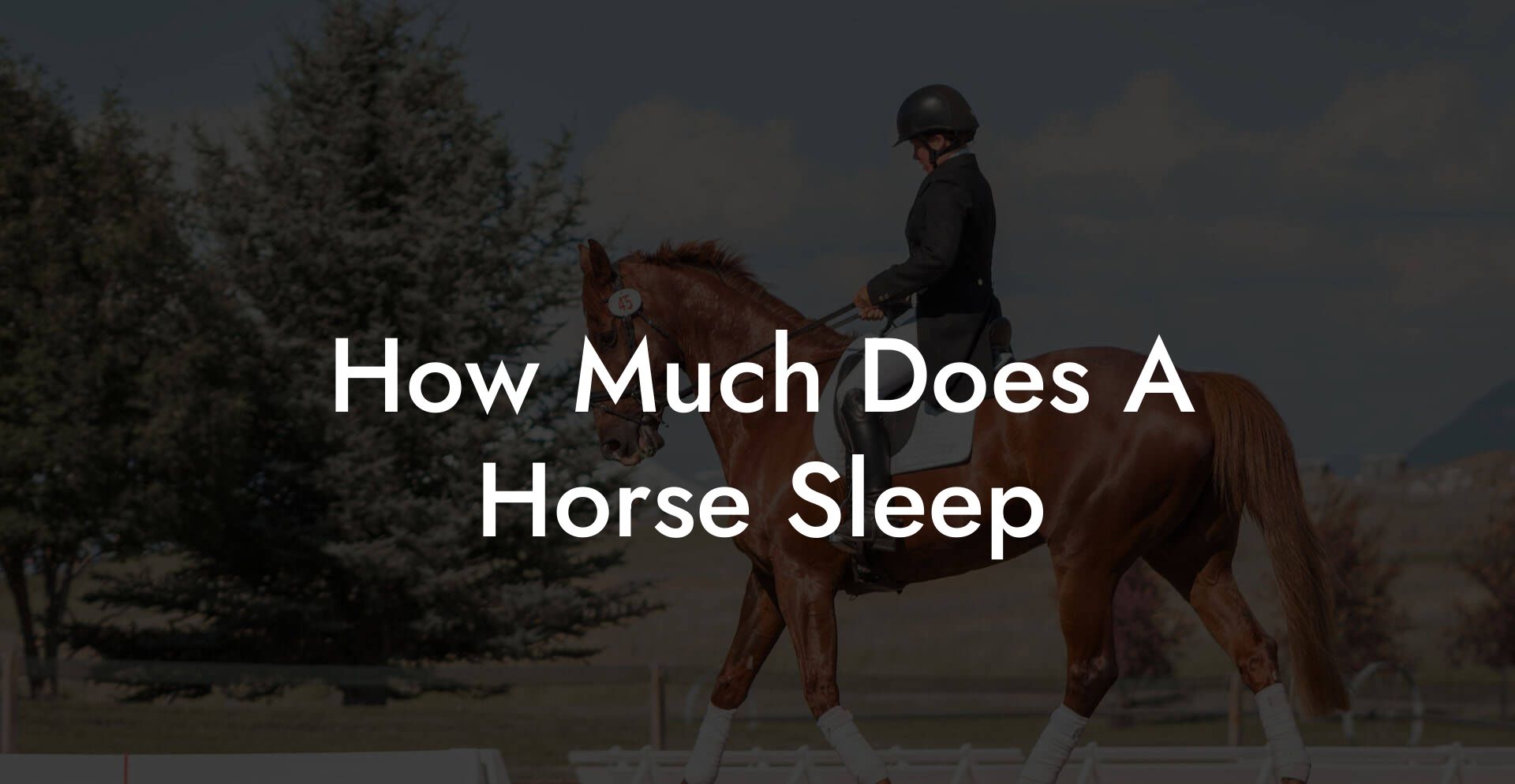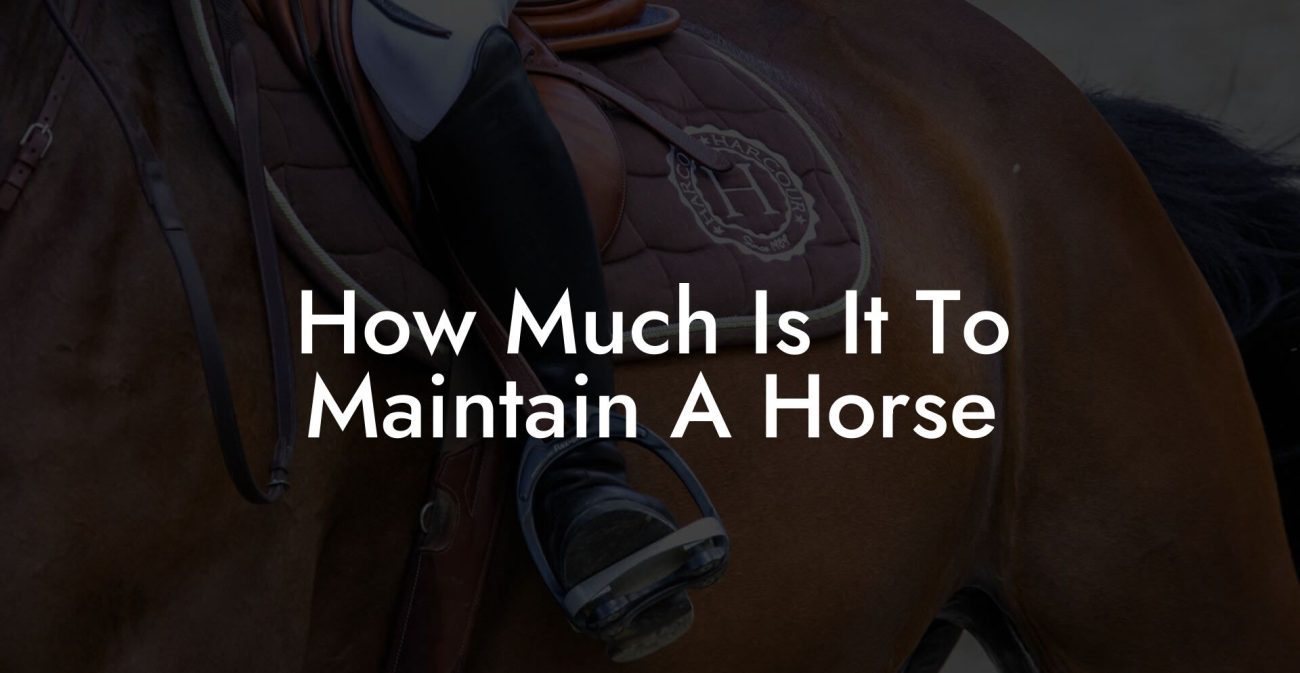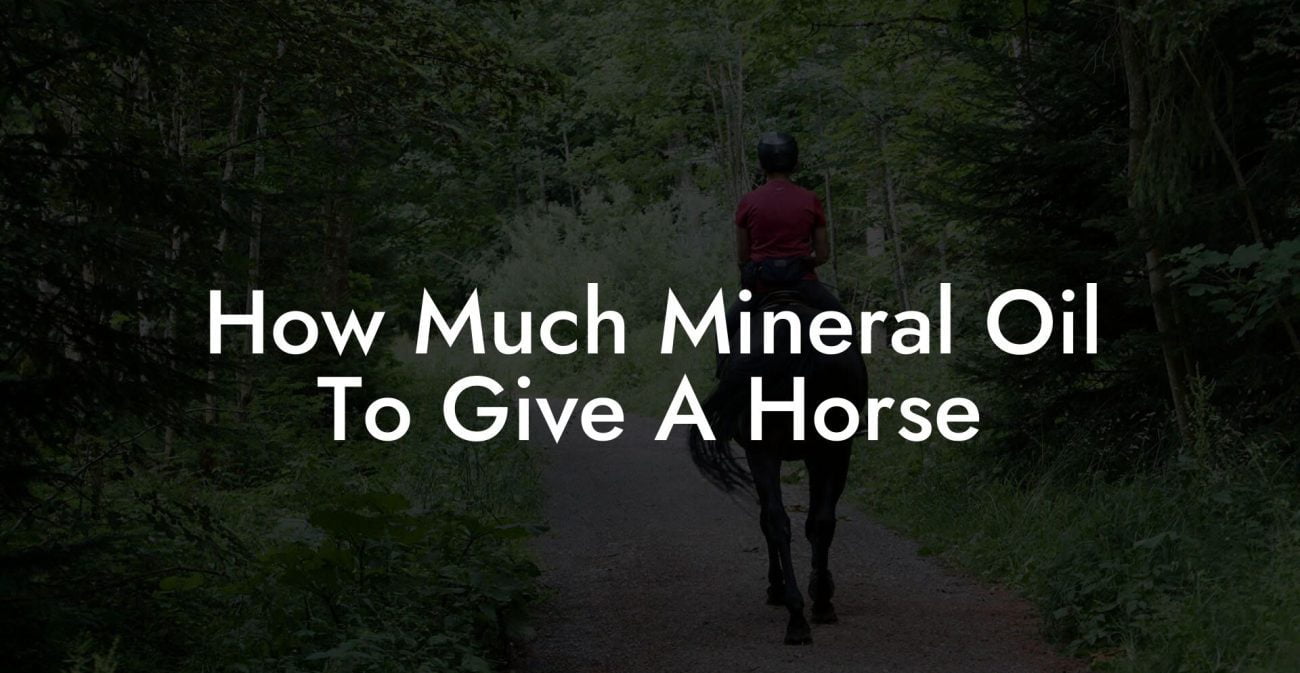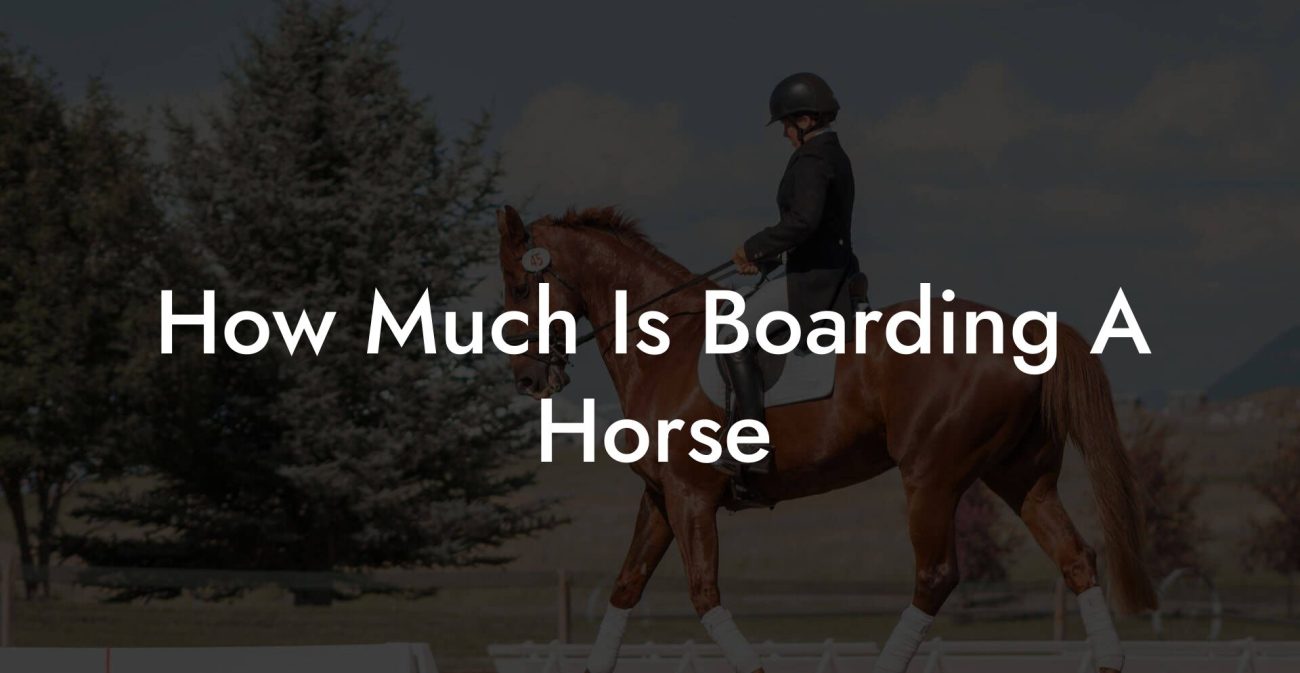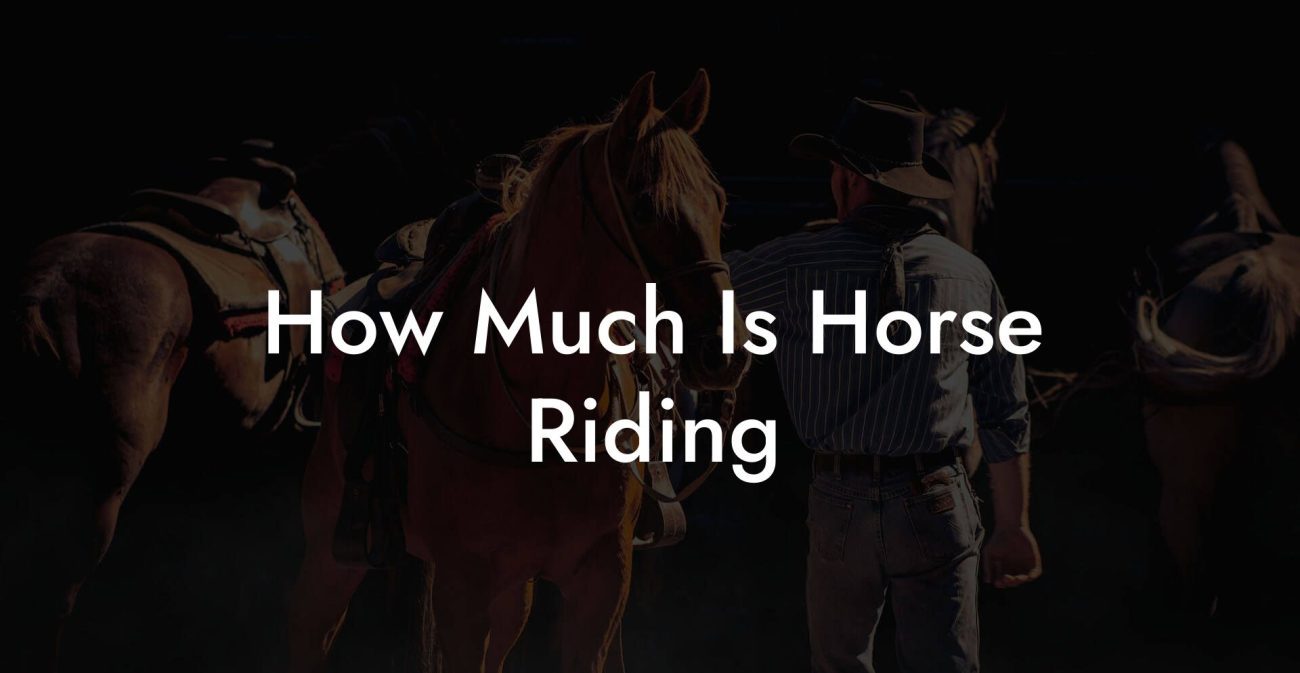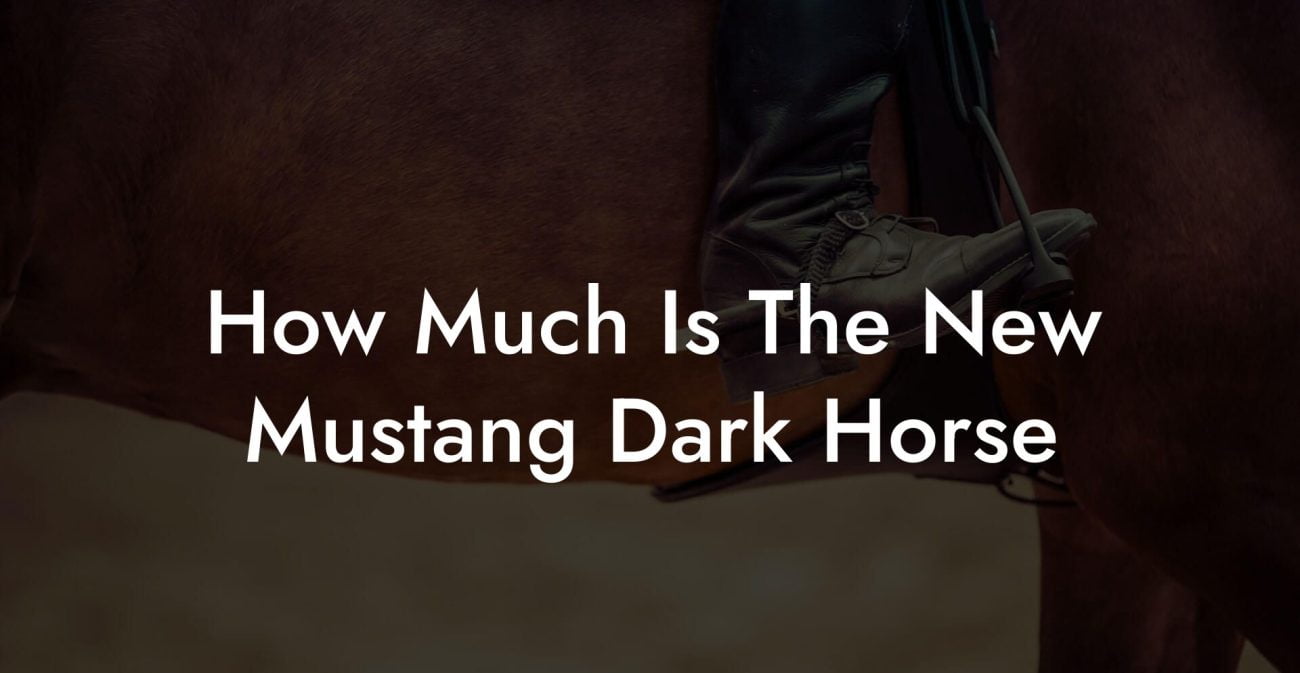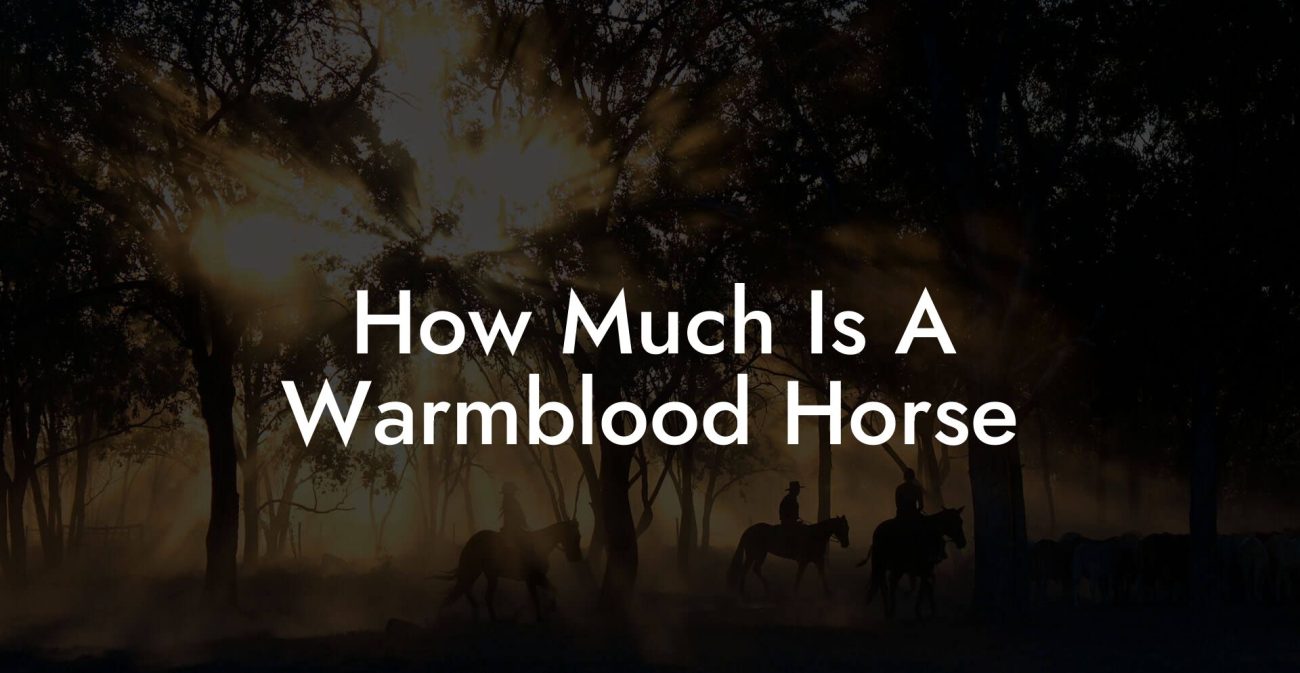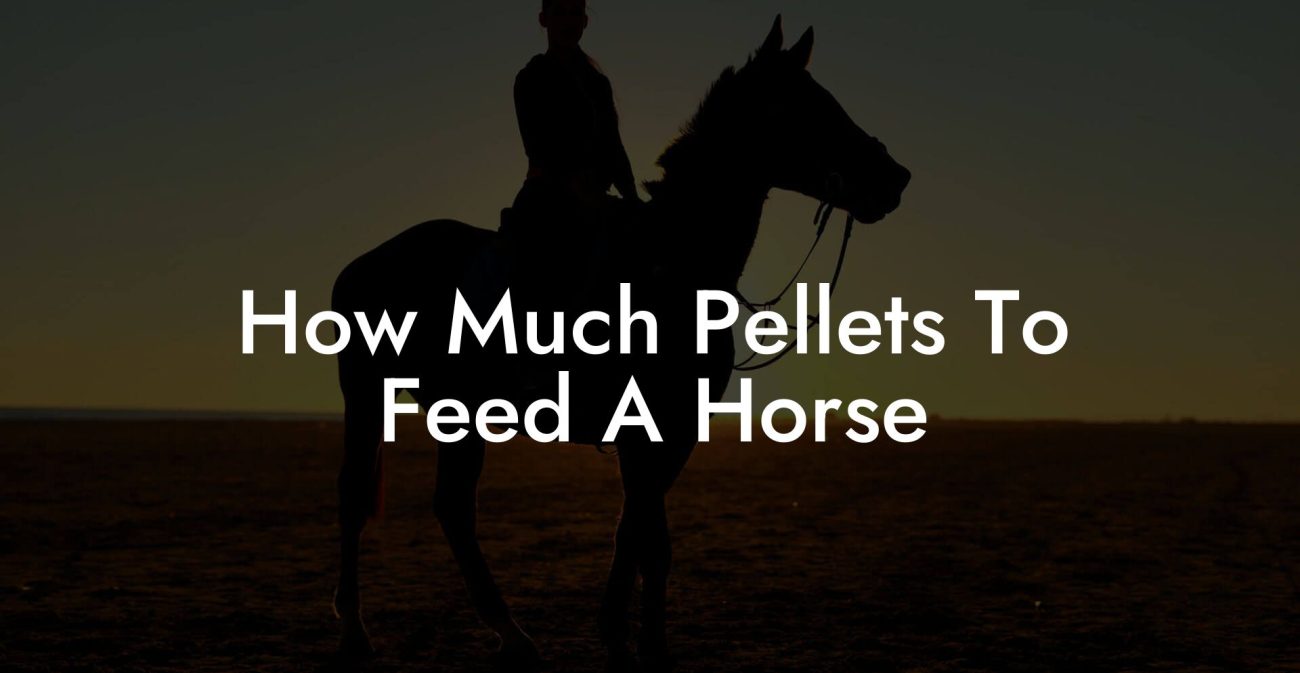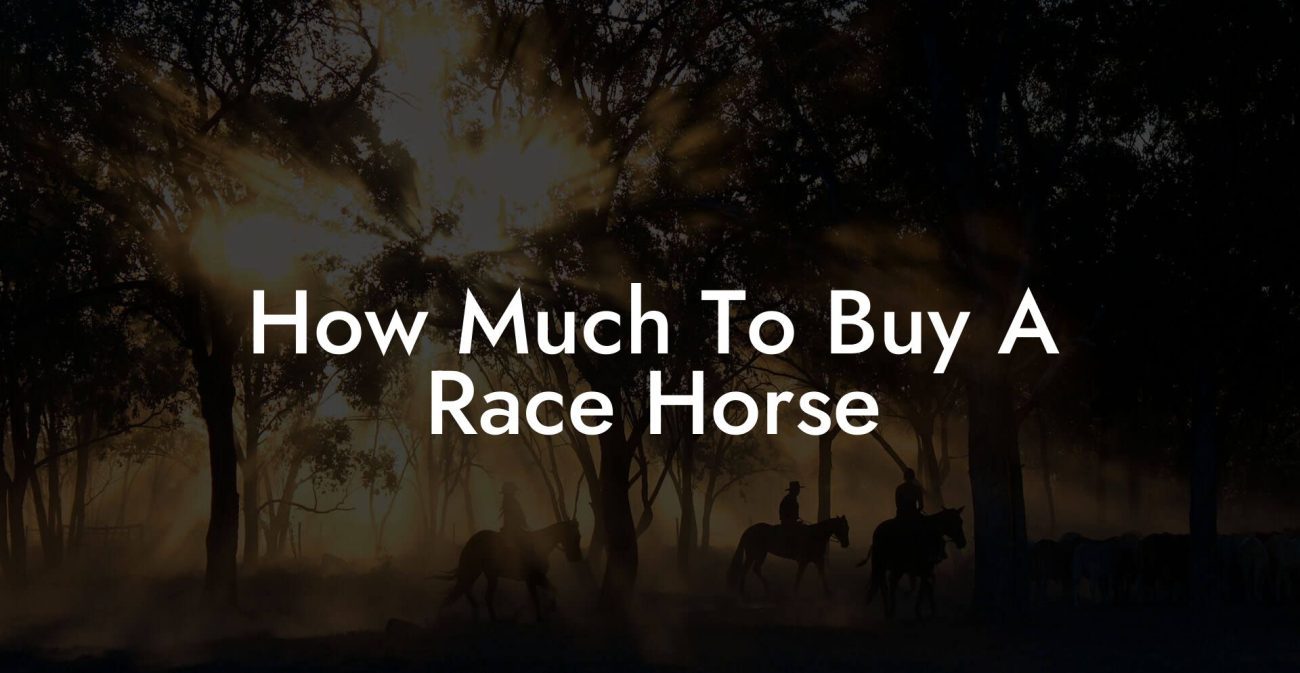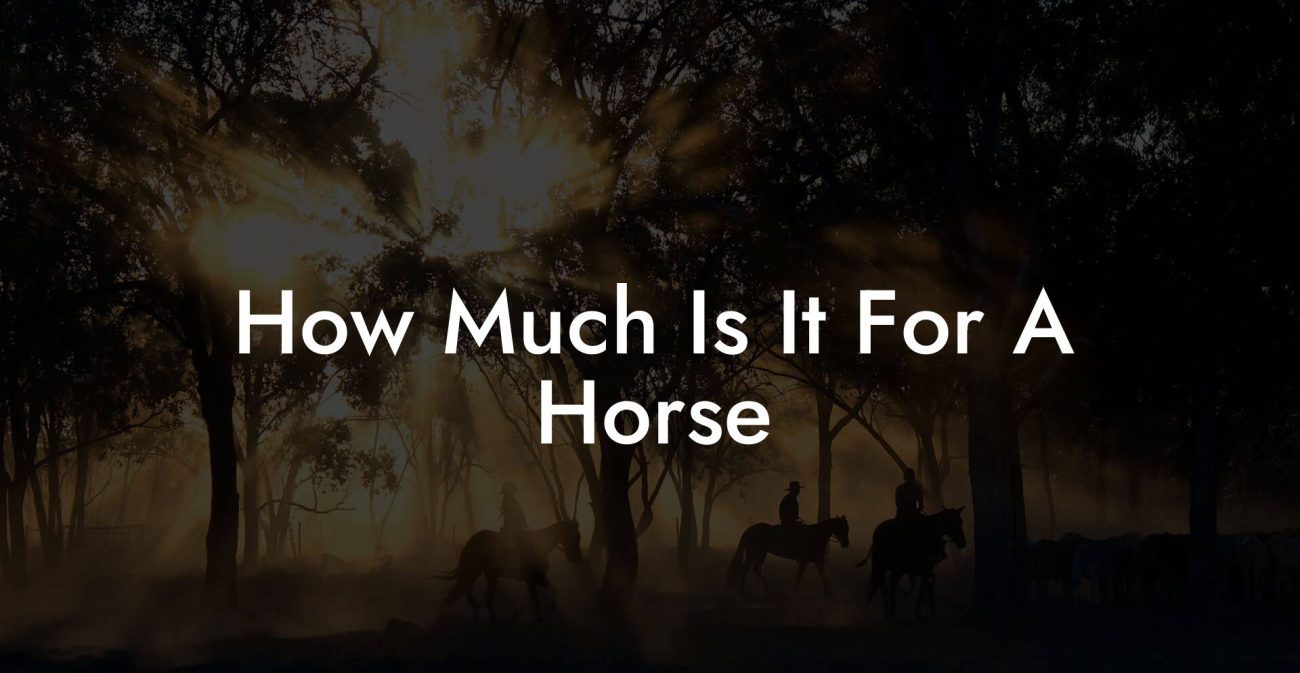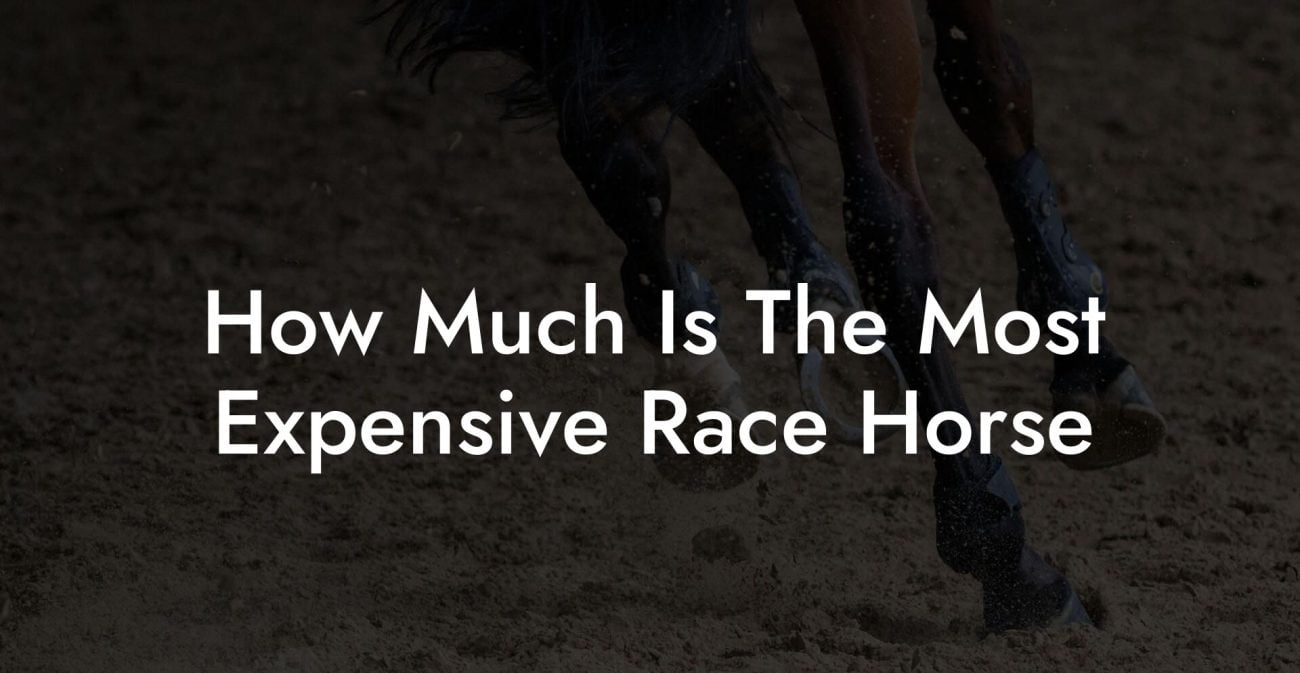Ever wondered if your four-legged BFF is really snoozing like a celebrity or just napping on standby? Horses have a sleep routine that’s as quirky and fascinating as they are. In this guide, we’re diving deep into the world of equine sleep, exploring how much a horse really sleeps, why their sleep habits are so unique, and what every Gen Z and millennial horse lover needs to know to keep their equine pals at peak health. Get ready for a wild ride through the science, myths, and practical tips behind those much-discussed Zzz’s.
Quick Links to Useful Sections
- Understanding Equine Sleep: The Truth Behind the Zzz's
- The Science of Horse Sleep: Unveiling Unique Patterns
- Daytime Drowsiness vs. Midnight Naps: Decoding Equine Sleep Behavior
- The Role of Ecology and Evolution: Why Horses Sleep the Way They Do
- Napping, Standing, or Lying Down: How Your Horse Catches Its Zzz's
- Factors Influencing Horse Sleep: nutrition, Environment, and Health
- Caring for a Sleeping Beauty: Best Practices in Equine Sleep Health
- Create a Calming Environment
- Stick to a Consistent Routine
- Monitor Health Closely
- Encourage Social Interaction
- Common Misconceptions About Horse Sleep: Busted!
- Equine Sleep and Overall Wellbeing: More Than Just Rest
- Real-Life Stories: Equine Sleep Patterns from the Stable
- Integrating Technology and Modern Methods in Monitoring Horse Sleep
- Resources and Community Support: Your Next Steps
- Frequently Asked Questions About Horse Sleep
- Your Journey to a Rested, Resilient Equine Companion
Understanding Equine Sleep: The Truth Behind the Zzz's
When it comes to sleep, horses are the ultimate paradox. Unlike your typical human who clocks in 7-9 hours of beauty sleep, horses usually manage it in short, sporadic bursts that add up to just a few hours a day, often ranging between 2 to 5 hours of actual sleep. But don’t be fooled: their sleep may be brief, yet it’s enough to keep these majestic creatures healthy, alert, and ever-ready to bolt at a moment’s notice.
Horses are built to be light sleepers, a trait honed by evolution to help them avoid predators in the wild. Instead of sprawling out on a bed, a horse’s sleep can often be observed in the form of a “power nap” while standing, thanks to a fascinating locking mechanism in their legs. This evolutionary marvel means that while they do catch some shut-eye lying down for deeper REM (rapid eye movement) sleep, most of their sleep happens on the go, quick, efficient, and perfectly designed for survival.
So, how much does a horse really sleep? The answer is nuanced and influenced by various factors, including the horse’s environment, diet, age, and overall health. In the following sections, we’ll break down the science behind equine sleep patterns, debunk common myths, and offer practical tips for horse owners who want to ensure their animals are getting the rest they need.
The Science of Horse Sleep: Unveiling Unique Patterns
The sleeping patterns of horses might leave you scratching your head, especially when compared to those of humans. Biologically, horses are designed to sleep in short bouts. They are polyphasic sleepers, meaning they don’t stick to one long period of sleep but rather accumulate several short naps throughout the day and night. Most of this sleep is light and non-REM, keeping them in a state of alertness.
One of the pivotal aspects of equine sleep is REM sleep. Unlike the deep, restorative sleep that humans experience, horses only engage in REM sleep when they are lying down. This phase is crucial for cognitive function, memory consolidation, and overall brain health. But here's the twist: a horse will only lie down for REM sleep if it feels completely safe and secure in its environment. This is why many horses sleep standing up for the majority of their rest.
From a neurological perspective, the equine brain works hard to minimize periods of deep sleep without compromising on the essential benefits. This is a finely balanced system that allows them to be vigilant yet rested, a necessary adaptation for prey animals. Researchers have also found that the total amount of sleep a horse gets can vary based on factors like season, weather, and even the presence of other horses in the stable.
Daytime Drowsiness vs. Midnight Naps: Decoding Equine Sleep Behavior
Ever caught your horse nodding off in the middle of a sunny field or sneaking a nap during the quiet hours of the night? Equine sleep behavior is anything but binary. While humans have clearly defined night-and-day sleep cycles, horses often split their rest into multiple light naps spread across a 24-hour period. This polyphasic sleep pattern means that while they might appear awake and grazing, their brain is intermittently entering short sleep cycles.
During the day, horses typically remain alert to their surroundings, taking micro-naps that last only a few minutes at a time. These quick catnaps help them maintain a high level of vigilance. At night, the opportunities for undisturbed sleep increase, but so do the risks if they feel unsafe. That’s why many horses choose to sleep in short bursts even after dusk.
Understanding these different sleep phases is key to interpreting your horse’s behavior. A yawning, half-lidded stare might not be a sign of exhaustion from a hard day’s work but just a natural part of their sleep pattern. And if your horse is lying down for a few minutes during REM sleep, it’s a strong indicator that it feels secure in its environment, a good sign for horse owners concerned about their animal’s well-being.
The Role of Ecology and Evolution: Why Horses Sleep the Way They Do
The secrets of equine sleep are deeply rooted in the animal’s evolutionary history. As prey animals, horses developed a need to stay awake and aware of potential threats. This constant vigilance is why they are so adept at catching micro-naps while standing, allowing them to rest without fully compromising their ability to flee if danger arises.
Evolutionary biologists suggest that the need for a rapid response to environmental threats has led to the development of a sleep mechanism that minimizes the time spent in complete vulnerability. In the wild, a horse that can quickly transition from a state of light sleep to high alert is more likely to survive a predator’s attack. This is why, unlike many other species that indulge in long, uninterrupted sleep, horses have adapted to a fragmented sleep cycle that ensures safety at all times.
In modern domesticated environments, while the threats may not be as immediate as in the wild, the horse’s internal clock hasn’t changed. Their sleep patterns still reflect those deep-seated instincts, reminding us that even the most well-cared-for horses carry the legacy of their wild ancestors in every twitch of their ear and every blink.
Napping, Standing, or Lying Down: How Your Horse Catches Its Zzz's
One of the most intriguing facets of equine sleep is the way horses choose their positions to catch some Zzz’s. While you might assume that lying down is the only way to get good rest, horses defy that assumption with their versatile sleeping postures.
Most of a horse’s sleep happens while standing. This is primarily due to the unique anatomical feature known as the “stay apparatus” in their legs, which allows them to lock their limbs and doze without collapsing. It’s like having a built-in recliner that lets them catch quick naps while keeping one hoof ready to bolt.
However, for that deep REM sleep, when the magic of dreamtime and memory consolidation occurs, a horse needs to lie down. But here’s the catch: because horses are prey animals, they only feel comfortable lying down when they’re in a safe, secure environment. If your horse is consistently avoiding lying down altogether, it might be a sign that it’s feeling stressed or insecure in its surroundings.
By observing these subtle cues, you can learn a lot about your horse’s overall wellbeing. A horse that lies down and relaxes for even a few minutes is likely to be feeling safe, whereas one that never takes the opportunity might be experiencing environmental stress or discomfort.
Factors Influencing Horse Sleep: nutrition, Environment, and Health
Just like us, horses have a myriad of factors that affect how well they sleep. Their sleep patterns are sensitive to an interplay of nutrition, environment, and overall health. Understanding these variables can help you as a horse owner make informed decisions to optimize your equine companion’s sleep quality.
Nutrition: The saying “you are what you eat” rings true in the horse world too. A balanced diet is essential not just for energy but also for ensuring that your horse’s body functions optimally, including its sleep cycles. For instance, a diet rich in quality forages, supplemented appropriately with grains and minerals, supports overall health, thereby reducing digestive discomfort that might interfere with sleep.
Environment: Where your horse sleeps matters a lot. Horses are incredibly perceptive creatures and can be significantly impacted by their surroundings. A stable that is noisy, overcrowded, or poorly organized can disrupt their sleep. Conversely, a calm, spacious, and secure environment encourages better sleep. Think soft bedding in quiet corners and a schedule that minimizes disturbances.
Health and Fitness: Age, physical fitness, and overall health play a significant role in how much and how deeply a horse sleeps. Younger horses and those in good physical condition generally exhibit more stable sleep patterns. Horses recovering from illness or injury might show disrupted sleep cycles, a red flag worth discussing with your equine veterinarian.
Paying close attention to these factors not only improves your horse’s sleep but also boosts its overall performance and happiness. After all, a well-rested horse is more attentive, less prone to anxiety, and better equipped to handle the rigors of daily life.
Caring for a Sleeping Beauty: Best Practices in Equine Sleep Health
As a modern, savvy horse owner, you probably already know that fostering a healthy sleep routine for your equine friend can be a game changer. Here are some actionable tips to help maintain optimal sleep health:
Create a Calming Environment
Ensure your stable is a sanctuary of calm. Keeping noise levels low, maintaining a clean and organized space, and providing comfortable bedding can make a world of difference. Even little touches like soft, ambient lighting can help set the mood for relaxation.
Stick to a Consistent Routine
Horses thrive on routine. Regular feeding times, exercise schedules, and quiet periods can help regulate their sleep cycles. A predictable environment reduces stress and helps your horse know when it’s time to relax.
Monitor Health Closely
Keep a close eye on your horse’s behavior and health. Changes in sleeping habits may be early indicators of stress or underlying health issues. Regular check-ups with your veterinarian are crucial to catch any problems before they escalate.
Encourage Social Interaction
Horses are social animals, and a healthy herd dynamic can improve overall well-being, including sleep quality. Allowing your horse to spend time with stable mates in a secure environment can boost its confidence and help it relax enough to catch some crucial Zzz’s.
Integrating these practices into your daily routine may seem like small steps, but over time they add up to a significant improvement in your horse’s sleep and overall health.
Common Misconceptions About Horse Sleep: Busted!
There’s no shortage of myths swirling around the equine sleep scene. One of the biggest misconceptions is that horses are constantly asleep on their feet, leading many to assume that horses don’t really need sleep. Not true! While it’s accurate that horses can and do sleep standing up, their quality of sleep is maximized when they lie down. The few minutes of REM sleep they obtain while lying down are essential for proper cognitive function, a fact that might surprise even the most dedicated equine enthusiasts.
Another myth suggests that horses suffer from sleep deprivation. In reality, their evolutionary design and polyphasic sleep pattern mean that even those few hours of sleep are perfectly adequate, provided they feel safe and secure. So, next time you see your horse dozing lightly in the pasture, remember: it isn’t a sign of laziness, but rather a finely tuned, efficient system perfected over millennia of evolution.
By busting these myths, we can appreciate the intricate balance horses maintain between rest and alertness. Understanding the truth behind these misconceptions is the first step in providing the best possible care for your equine companion.
Equine Sleep and Overall Wellbeing: More Than Just Rest
While sleep might seem like a passive activity, it is intrinsically linked to overall health, both in humans and horses. The short, sporadic naps horses take are crucial for mental processing, memory retention, and bodily repair. When your horse gets its necessary REM sleep, even if it’s only for a few minutes at a time, it recharges its brain and body, ensuring it’s ready to face the challenges of the day.
Inadequate sleep in horses can manifest as mood swings, poor performance, and an increased susceptibility to stress-induced behavior. On the flip side, well-rested horses display greater alertness, improved coordination, and more responsive behavior, qualities that are key whether your horse is on the trail, performing in competitions, or simply enjoying a lazy afternoon in the pasture.
Understanding the connection between sleep and equine wellbeing also underscores the importance of addressing underlying issues. A disruption in sleep might be a sign that your horse is dealing with environmental stressors, nutritional deficiencies, or health problems that need immediate attention. As part of an integrated care strategy, keeping an eye on your horse’s sleep patterns can lead to early interventions and a healthier, happier animal.
Real-Life Stories: Equine Sleep Patterns from the Stable
Nothing brings the subject of equine sleep to life quite like real-life stories from the stables. Take Bella, for example, a spirited quarter horse living on a busy farm. Bella’s handler noticed that she rarely lay down for more than a couple of minutes. After a quick stable environment check and a slight tweak in her nighttime routine, Bella started enjoying slightly longer bouts of REM sleep, leaving her more energetic and content during the day.
Or consider Duke, a gentle giant who had always been a bit anxious. Duke’s tendency to keep one eye (and one hoof) on everything meant his deep sleep was constantly compromised. By introducing a more structured daily routine, some calming music during rest periods, and improving the overall bedding in his stall, Duke was soon catching up on that essential REM sleep. The transformation was amazing, Duke became noticeably calmer, his performance in light work improved, and he even found more opportunities to interact playfully with his stable mates.
These stories aren’t just heartwarming, they’re proof that by paying attention to the nuances of equine sleep, you can directly impact your horse’s overall quality of life. Sharing these experiences within the equine community can inspire fellow owners to optimize their own horse care practices.
Integrating Technology and Modern Methods in Monitoring Horse Sleep
In our tech-savvy era, even the age-old conundrum of how much a horse sleeps is not left untouched by technology. Modern innovations are making it easier than ever for horse owners to monitor sleep patterns and overall health. From wearable devices that track movement and rest cycles to smart stable solutions that adjust temperature and lighting automatically, there’s an array of tools available to help you ensure your horse is getting the best possible sleep.
These technological advancements not only provide valuable data but also offer peace of mind for any concerned owner. By analyzing sleep data, you might discover trends, perhaps your horse sleeps better under certain weather conditions or after specific feeding schedules. This insight can feed into a more personalized approach to equine care, merging traditional wisdom with modern science.
Embracing these innovations means you’re not just a passive onlooker, but an active participant in your horse’s wellness journey. With the help of technology, you can swiftly identify any deviations from normal sleep patterns and take corrective actions before these changes escalate into bigger issues.
Resources and Community Support: Your Next Steps
Navigating the realm of equine sleep can feel overwhelming, especially with so much information at your fingertips. Fortunately, there’s a vibrant community of horse enthusiasts, veterinarians, and equine sleep specialists out there ready to help you on your journey. Whether you’re seeking advice on optimizing your horse’s sleep environment or interested in the latest technological advancements in equine wellness, support is just a click away.
Start by exploring online forums, social media groups, and dedicated equine care websites that offer a wealth of practical advice and personal experiences. Connect with local equine communities and attend workshops or webinars dedicated to horse health and behavior. Additionally, keep in touch with your veterinarian for personalized recommendations based on your horse’s unique needs.
These resources not only enrich your own knowledge but also empower you to create a better, healthier environment for your horse. After all, the more you know about how much a horse sleeps, the better you can tailor your care routine to ensure every day is a win for both you and your equine companion.
Frequently Asked Questions About Horse Sleep
We’ve rounded up some commonly asked questions to address lingering doubts and curiosities about equine sleep. Read on for answers that combine scientific insights with everyday practicality.
1. How many hours does a horse sleep in a day?
While the total active sleep time typically ranges from 2 to 5 hours, horses take multiple short naps throughout the 24-hour period. Their sleep is generally light, with only a few minutes dedicated to REM sleep when they lie down.
2. Do horses only sleep standing up?
No, they do both! Horses typically sleep standing up for lighter, short naps. However, for deeper, REM sleep, they need to lie down, and will do so only when they feel safe.
3. Why don’t horses sleep for long periods like humans?
As prey animals, horses evolved to remain alert to potential threats. Their polyphasic sleep pattern allows them to rest while still being ready to flee if necessary.
4. How does a horse’s sleep environment affect its sleep quality?
A secure, calm, and comfortable environment plays a huge role in encouraging a horse to lie down and get its REM sleep. Factors like adequate bedding, a quiet stable, and routine can make all the difference.
5. Can a lack of proper sleep affect a horse’s behavior?
Absolutely. Insufficient sleep can lead to irritability, reduced alertness, and even physical health issues. A well-rested horse is typically more energetic, responsive, and better able to cope with stress.
6. How can I tell if my horse isn’t getting enough quality sleep?
Watch for signs like restlessness, unusual behavior, or changes in appetite. If your horse consistently avoids lying down or seems fatigued, consider evaluating its environment and overall well-being.
7. Are there any technological tools available to monitor horse sleep?
Yes, modern gadgets such as wearable monitors and smart stable systems can track your horse’s movement and rest patterns, providing insights to help optimize its sleep schedule.
8. How does nutrition impact a horse’s sleep quality?
A balanced diet is critical for overall health, including sleep. Quality forages, proper hydration, and balanced nutrients help maintain optimal physiological functions, thereby supporting healthy sleep patterns.
9. Is it normal for horses to have short bursts of sleep?
Yes, this is entirely natural. Horses are adapted to take multiple short naps, ensuring they remain alert and ready to react to any potential danger.
10. What should I do if I’m concerned about my horse’s sleep patterns?
If you notice any significant changes or issues in your horse’s sleep behavior, consult with your veterinarian or an equine behavior specialist. Early intervention can help address underlying problems and improve sleep quality.
Your Journey to a Rested, Resilient Equine Companion
The world of equine sleep is as complex as it is fascinating. By understanding the unique sleep patterns of horses, you’re in a better position to care for your equine partner, ensuring they’re both safe and well-rested. Every short nap and rare bout of deep REM sleep tells a story about the age-old dance between nature and nurture.
As you continue to explore the ins and outs of your horse’s sleep habits, remember that every horse is unique. What works for one may not work for another, making personalized care and attention key. Embrace the quirks, listen to what your horse is telling you through its behavior, and use that insight to craft an environment where your horse can flourish.
In this journey, merging modern technology with traditional care practices creates a powerful synergy, empowering you to make data-driven decisions while still relying on your intuitive understanding of your horse’s needs. Every innovative tool, every piece of advice from fellow horse lovers, and every gentle observation can contribute to a happier, healthier, and more resilient equine friend.
So, gear up, dive into the fascinating world of equine sleep, and let your passion for horse care elevate both your and your horse’s quality of life. The journey to a well-rested and vibrant horse begins with understanding these intricate sleep patterns, an adventure that’s as rewarding as it is enlightening.

